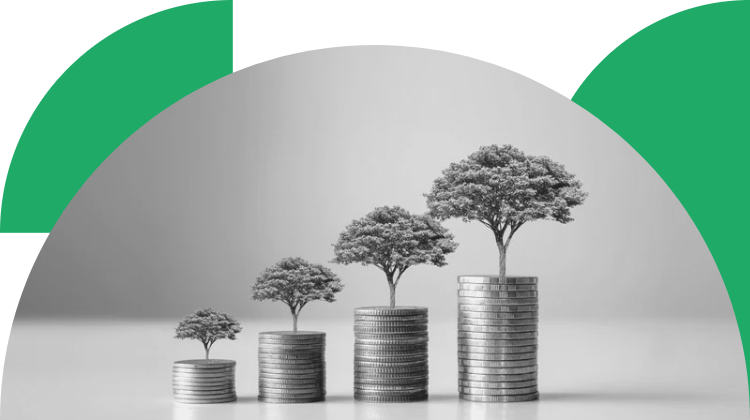Green Finance
Most consumers are willing to pay more for green finance products, but banks can’t differentiate them
- Consumers are willing to put money where their convictions are when it comes to combatting the climate crisis.
- However, limited understanding of product offerings and inability to differentiate in green financial products may be leading to an intention-action gap.








